The YangWang U9 Xtreme has just become the fastest commercially produced electric car at the Nurburgring, completing the 20.832-meter (20.832 km) Nordschleife lap in 6 minutes and 59.157 seconds. The record was set by veteran driver Moritz Kranz on August 22, 2025, and was recently confirmed. Prior to this, the U9 Xtreme had achieved a top speed of 496.22 km/h at the ATP Papenburg. BYD says it will produce a limited run of 30 cars; the price has not yet been announced.
Within the category of commercial electric vehicles, the U9 Xtreme surpassed the Xiaomi SU7 Ultra's time of 7 minutes 4.957 seconds (April 2025). In the race car or prototype category, the Volkswagen ID.R (6 minutes 5.336 seconds), Xiaomi SU7 Ultra Prototype (6 minutes 22.091 seconds), and Lotus Evija X (6 minutes 24.047 seconds) were still faster.

Aerodynamic philosophy for the Nordschleife circuit.
Compared to the top-speed optimized configuration, the U9 Xtreme that set the lap record used a different aerodynamic package, most notably a large rear wing to increase downforce. At Nordschleife, the high downforce helped the car maintain speed through long corners, reducing lateral slip and shortening braking distances. In return, the increased drag resulted in lower top speed on straight sections compared to a low-drag configuration.
During the record-breaking lap, the U9 Xtreme was equipped with GitiSport e·GTR² PRO racing tires, allowing the bike to reach speeds of around 350 km/h at the Döttinger Höhe section, while maintaining stable grip in high-speed areas.
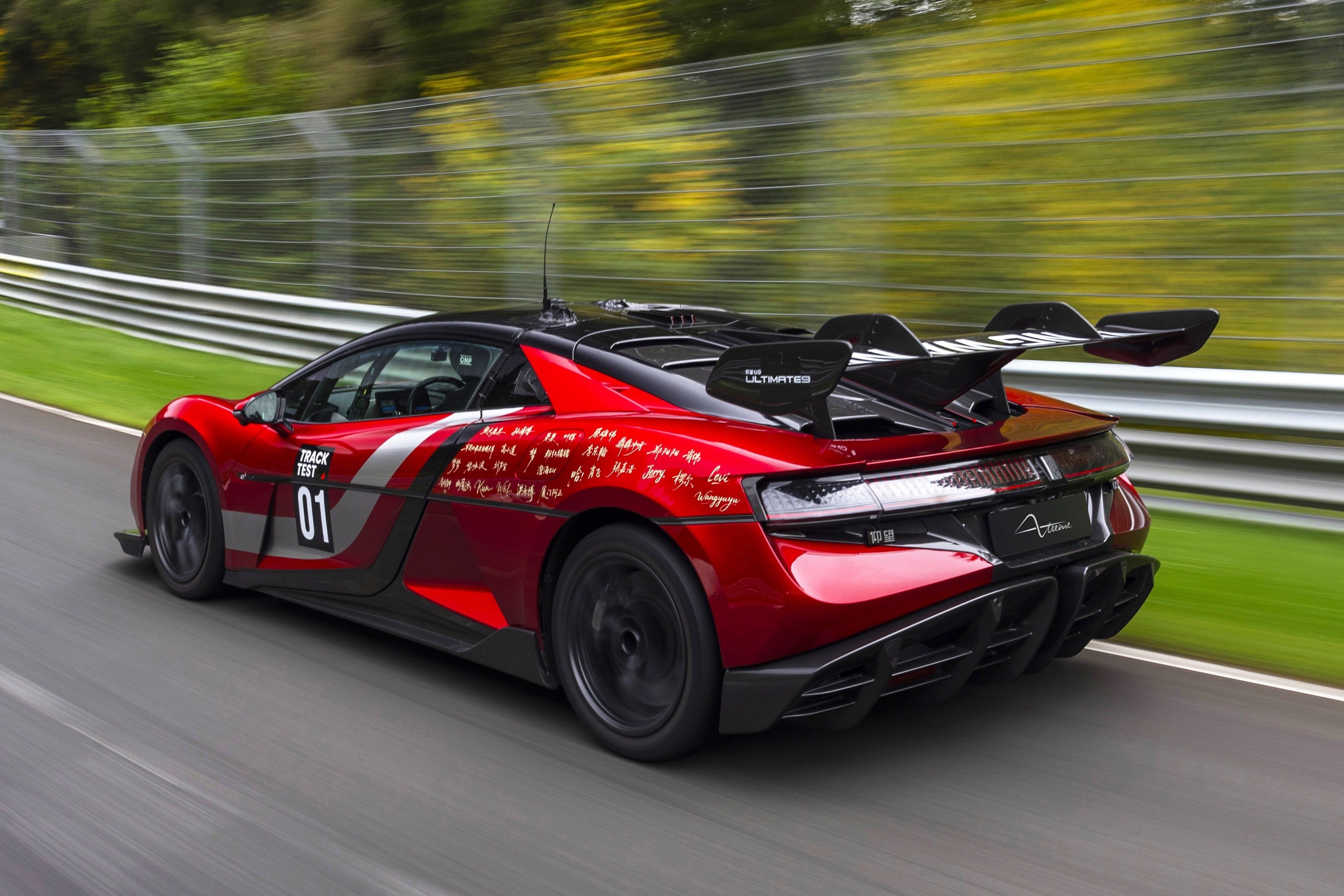
Cabin and user experience: limited information available.
BYD has not yet released details of the interior of the U9 Xtreme version during the record confirmation. Therefore, this article focuses on the technical elements that directly affect track performance. Specifications regarding materials, amenities, and user interface of the Xtreme version will require further official data once the car enters limited production.
With a power output of 2,978 horsepower and a lap time of 6 minutes 59.157 seconds.
The U9 Xtreme uses four electric motors with a maximum output of 2,978 horsepower, more than double the 1,288 horsepower of the standard U9. This four-motor configuration, in principle, allows for active torque distribution to each wheel to optimize cornering acceleration and stability at the grip limit.
The 6-minute 59.157-second lap at Nurburgring demonstrated the effective combination of aerodynamic package and specialized tires with the high-performance electric drivetrain. The presence of Moritz Kranz – a driver with over 10,000 GT3 and LMP3 laps at Nurburgring – also ensured the car could push its performance limits under the challenging conditions of the Nordschleife.

Aerodynamic efficiency and the peak speed problem
The previous record of 496.22 km/h underscores the U9 Xtreme's low-drag aerodynamic potential on long straights. At Nordschleife, where much of the lap time is spent on high-speed corners, the trade-offs through winglets and downforce-generating aero elements are justified. The 350 km/h finish at Döttinger Höhe demonstrates that the high-downforce configuration still has sufficient speed potential to optimize overall lap times.
Safety and technology related to the racetrack.
BYD has not released details of the driver assistance systems or independent safety ratings for the U9 Xtreme in the context of its record-breaking performance. However, given the nature of high-speed operation, specialized tires, braking systems, and cooling are key components to ensure stability over multiple consecutive laps. Specific information will be needed during the commercialization phase of the limited edition.
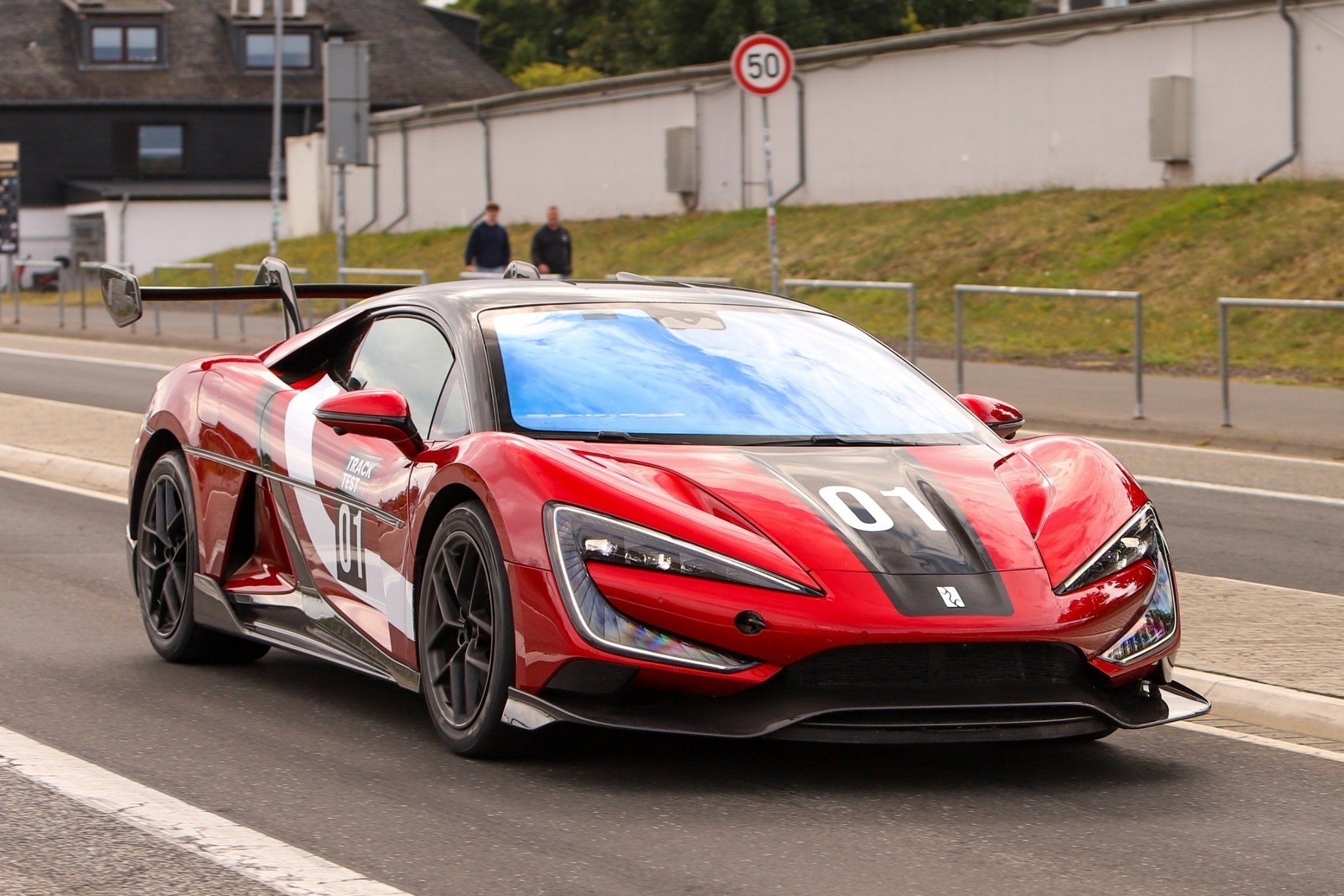
Pricing, positioning, and competitor comparison.
The U9 Xtreme will be produced in a limited run of 30 units, with the price yet to be announced. With a lap time of 6 minutes 59.157 seconds, this model surpassed the Xiaomi SU7 Ultra to lead the group of commercial electric vehicles at Nurburgring. In the race/prototype class, the Volkswagen ID.R, Lotus Evija X, and Xiaomi SU7 Ultra Prototype still hold the lap time advantage.
In terms of positioning, the U9 Xtreme aims to be a halo-car for BYD/YangWang's high-performance electric vehicle ecosystem: on the one hand, showcasing its powerful aerodynamics and electric drivetrain capabilities, and on the other hand, reinforcing the brand image at prestigious racetracks.
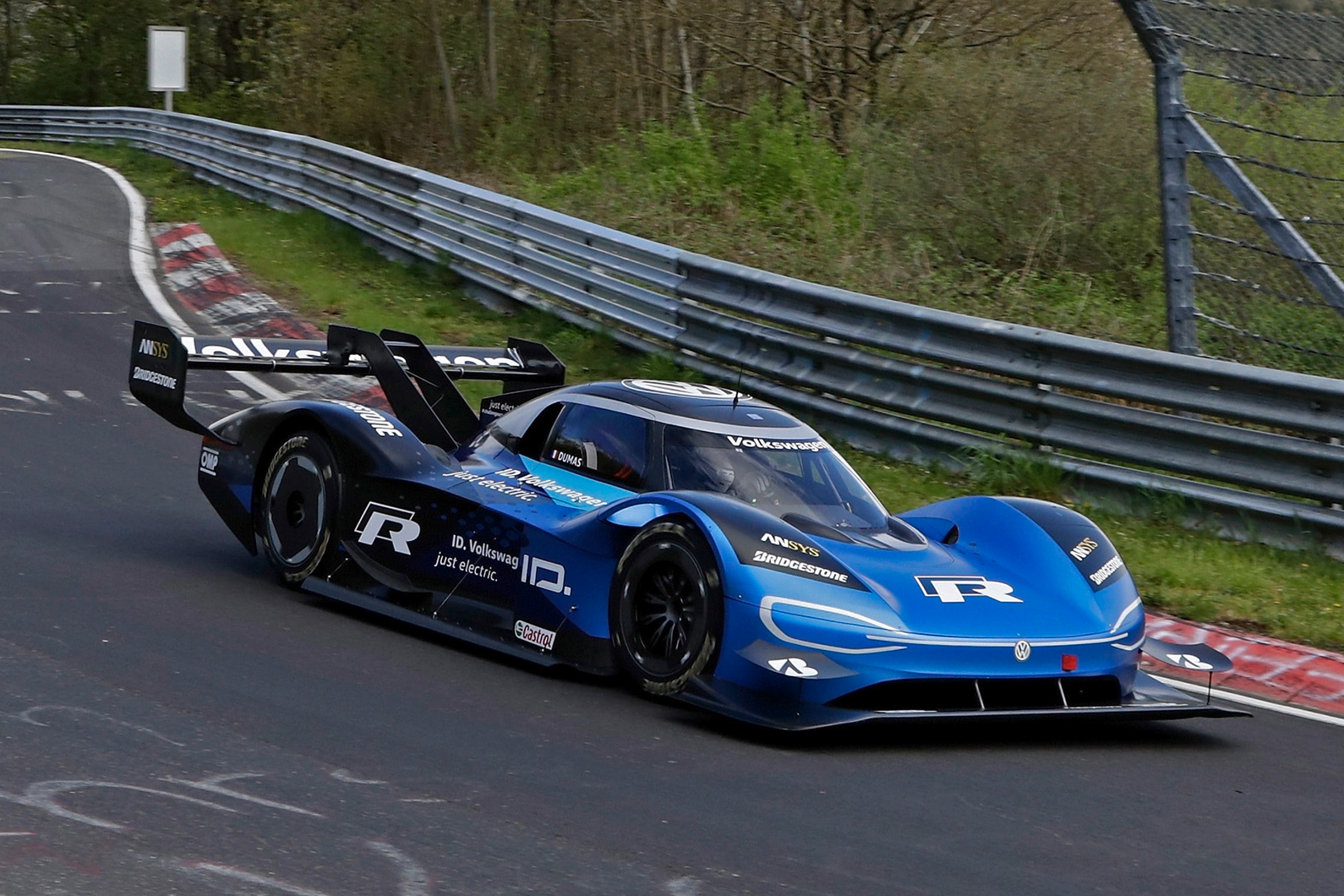
Summary of specifications and timelines
| Item | Information |
|---|---|
| Version | YangWang U9 Xtreme |
| Drive configuration | 4 electric motors |
| Maximum power | 2,978 horsepower |
| Nurburgring | 6 minutes 59.157 seconds (August 22, 2025) |
| Standard loop length | 20,832 m (≈ 20.832 km) |
| Speed on Döttinger Höhe | Reaching speeds of approximately 350 km/h. |
| Tires in the record-breaking run. | GitiSport e·GTR² PRO |
| Maximum speed recorded | 496.22 km/h (ATP Papenburg) |
| Production quantity | Limited to 30 pieces. |
| Steering | Moritz Kranz |
| Previous performance of commercial EVs | Xiaomi SU7 Ultra – 7 minutes 4.957 seconds |
| Prototype/Racing EV Performance | Volkswagen ID.R – 6 minutes 5.336 seconds; Lotus Evija X – 6 minutes 24.047 seconds; Xiaomi SU7 Ultra Prototype – 6 minutes 22.091 seconds |
Quick conclusion
The U9 Xtreme demonstrates an efficient approach: leveraging aerodynamic downforce and specialized tires to optimize overall lap times while maintaining impressive top-speed potential when needed. With 2,978 horsepower, a four-motor configuration, and a sub-7-minute Nurburgring record, it's a remarkable technical achievement in the commercial electric vehicle segment. However, details regarding the interior, driver assistance technology, and pricing of this limited-edition version are yet to be announced by the manufacturer.
Pros: Excellent track performance; downforce-generating aerodynamic package; proven top speed; limited production increases collectability.
Cons: No detailed interior and safety tech data yet; price not yet announced; prototype/race car performance is still faster.
Source: https://baonghean.vn/danh-gia-yangwang-u9-xtreme-chinh-phuc-nurburgring-10309074.html




![[Photo] Closing Ceremony of the 10th Session of the 15th National Assembly](/_next/image?url=https%3A%2F%2Fvphoto.vietnam.vn%2Fthumb%2F1200x675%2Fvietnam%2Fresource%2FIMAGE%2F2025%2F12%2F11%2F1765448959967_image-1437-jpg.webp&w=3840&q=75)



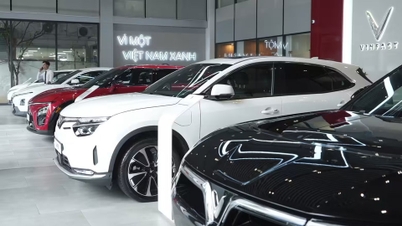
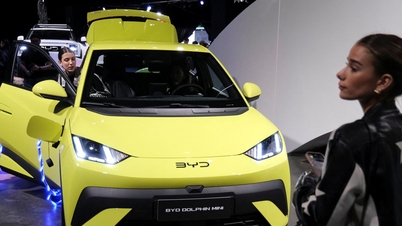
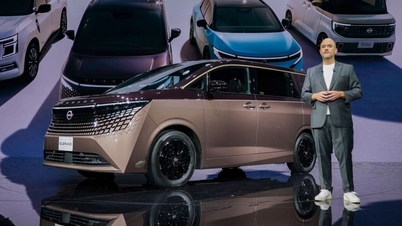

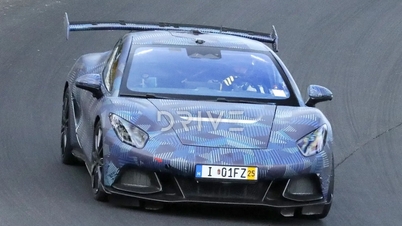
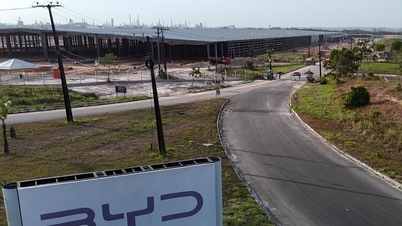
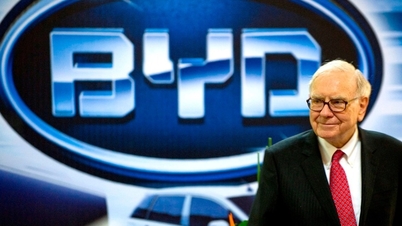









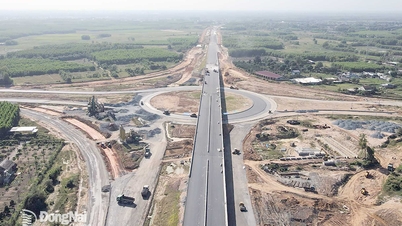
































![[OFFICIAL] MISA GROUP ANNOUNCES ITS PIONEERING BRAND POSITIONING IN BUILDING AGENTIC AI FOR BUSINESSES, HOUSEHOLDS, AND THE GOVERNMENT](https://vphoto.vietnam.vn/thumb/402x226/vietnam/resource/IMAGE/2025/12/11/1765444754256_agentic-ai_postfb-scaled.png)



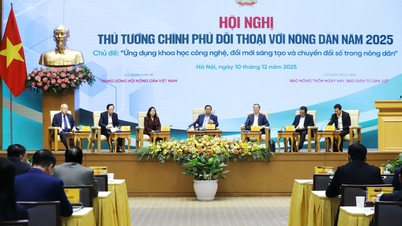








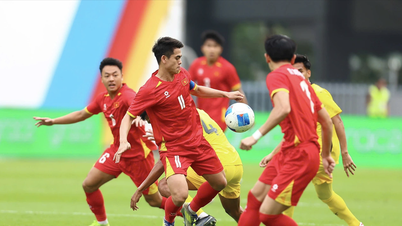

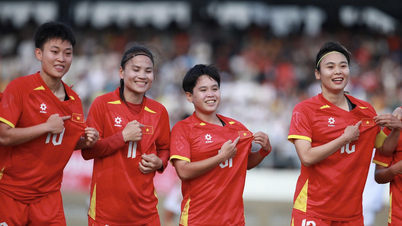

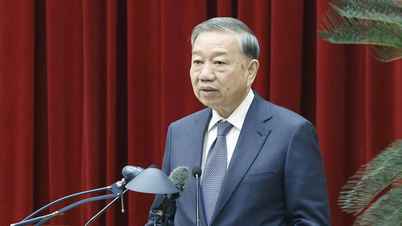

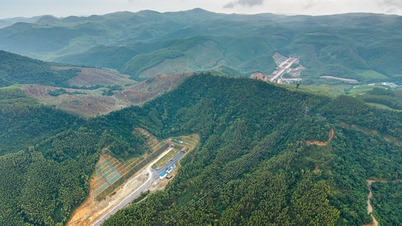
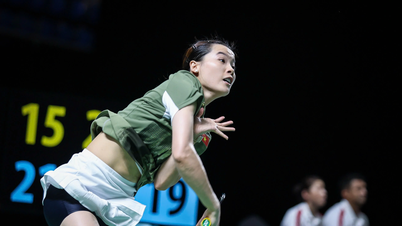




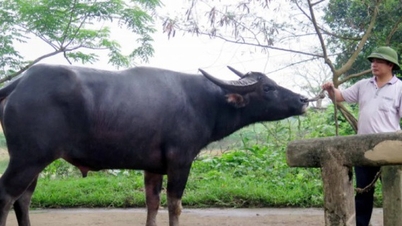






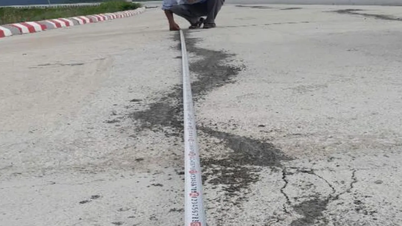




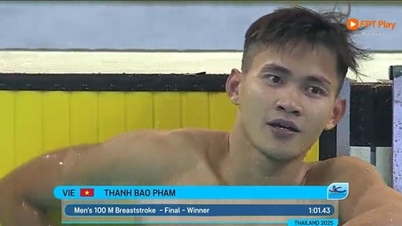














Comment (0)